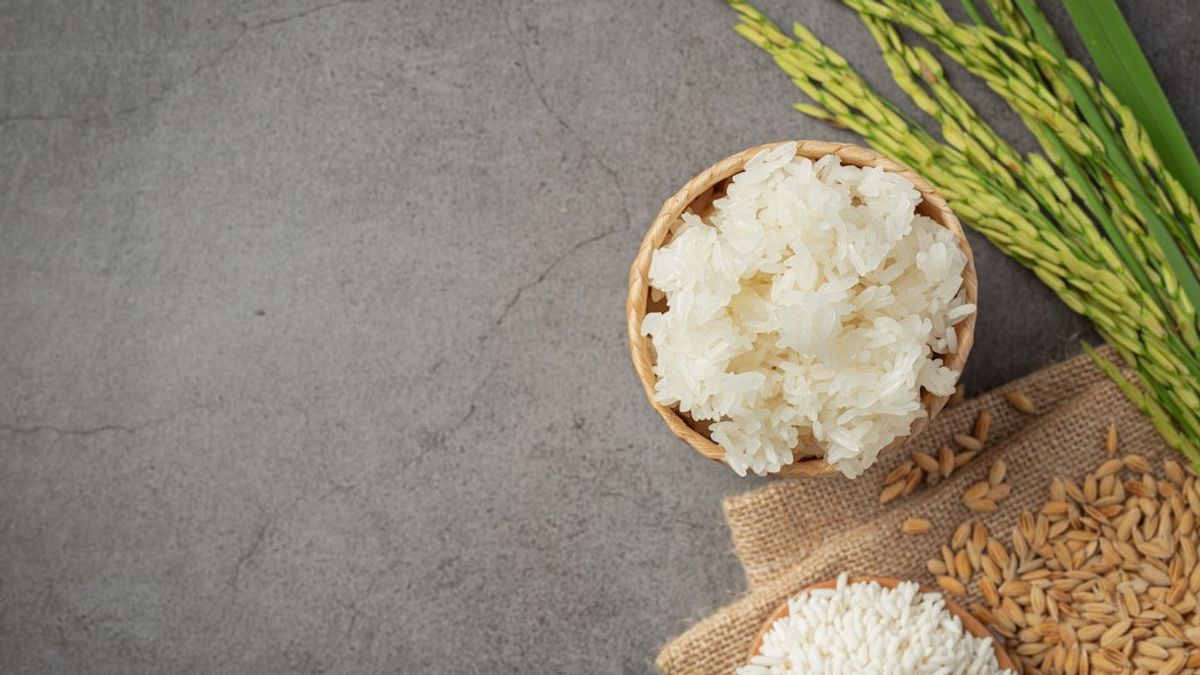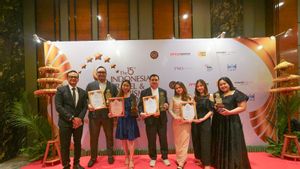JAKARTA - You are not full of rice. Are you one of those who feel that? If so, maybe you should know that there are other types of food that can replace rice and of course also make you full.
Before discussing further, it is important to know that rice is a type of food that contains carbohydrates from processed rice. And, in Indonesia, there are many types of plant products that are rich in carbohydrates.
However, because rice is still a staple of most Indonesians due to high carbohydrate needs, the demand has also increased. Based on historical data since 1954, the need for rice as a source of carbohydrates in Indonesia, which was originally 53.5 percent, in 2017, rose to 74.6%.
"The current need for rice and wheat is a dominant trend," said Director of Trust in God Almighty and the Indigenous Community of the Ministry of Education and Culture, Sjamsul Hadi, at the Earth Forum held by the KEHATI Foundation with National Geographic Indonesia at the House of Izara, Jakarta, on Thursday, October 10, 2024.
The need for Indonesians for wheat (bargoic flour) as a source of carbohydrates has also increased rapidly. What was previously less than 5% in 1954 then became 25.4% in 2017 and rose again to 28% in 2022.
In an event entitled How is the Future of Indonesia's Food Resilience and Diversity?', He said that this was a negative impact, including the shift in consumption patterns to rice and flour increasing Indonesia's dependence on food from imports and local communities on small islands having to pay more expensive rice.
SEE ALSO:
For example, according to data from the National Food Agency in 2023, the retail price of premium rice in Java is around Rp. 15,000 per kilogram, but the price of the same rice has become Rp. 17,000 to Rp. 20,000 per kilogram in three archipelago areas, namely East Nusa Tenggara, Wakatobi, and Mentawai.
"Well, this is very burdensome for the community, even though the government through its food program also provides assistance, in order to meet people's food needs," said Sjamsul.
According to Sjamsul, Indonesia's food system must be based on the diversity of the archipelago, precisely on the diversity of biological sources and food culture in this country.
Each local community in each region has their own local culture and food sources that must be preserved and imitated to increase food security and maintain national food diversity.
"For example, people in eastern areas can consume sago or sorghum such as ancestors," he said.
The English, Chinese, Japanese, Arabic, and French versions are automatically generated by the AI. So there may still be inaccuracies in translating, please always see Indonesian as our main language. (system supported by DigitalSiber.id)















